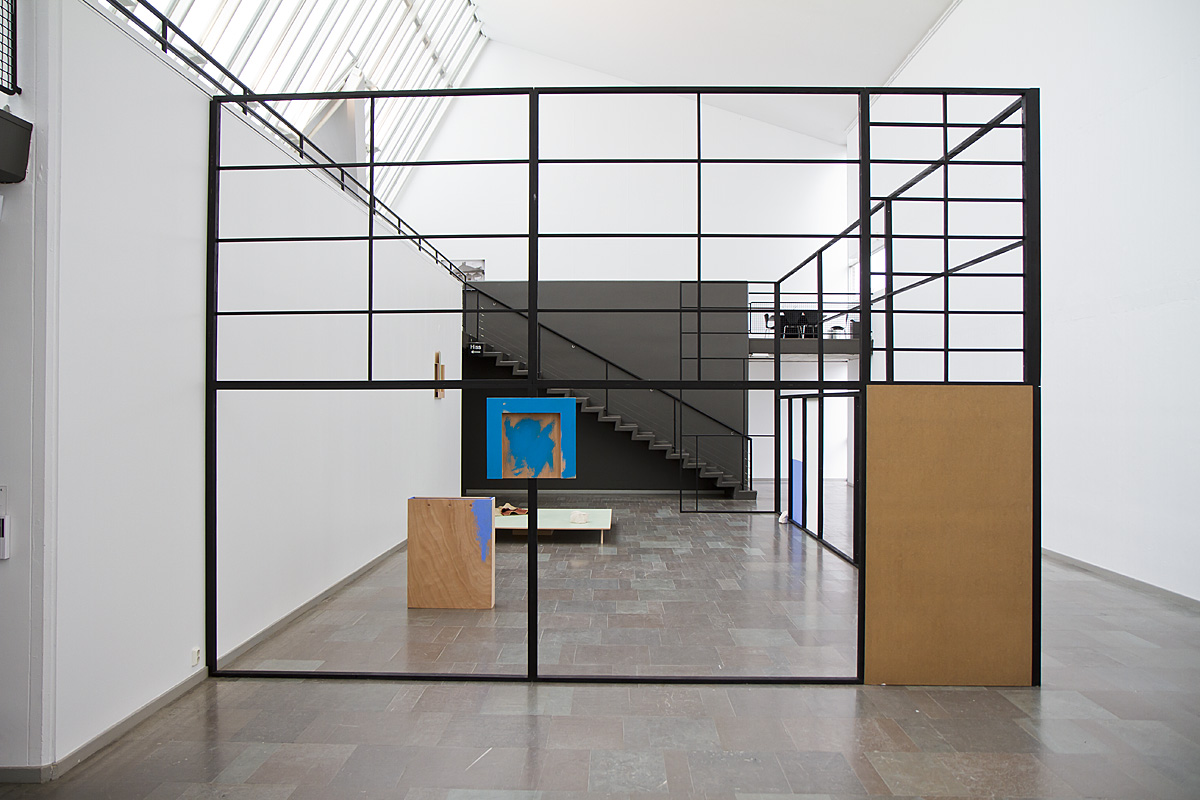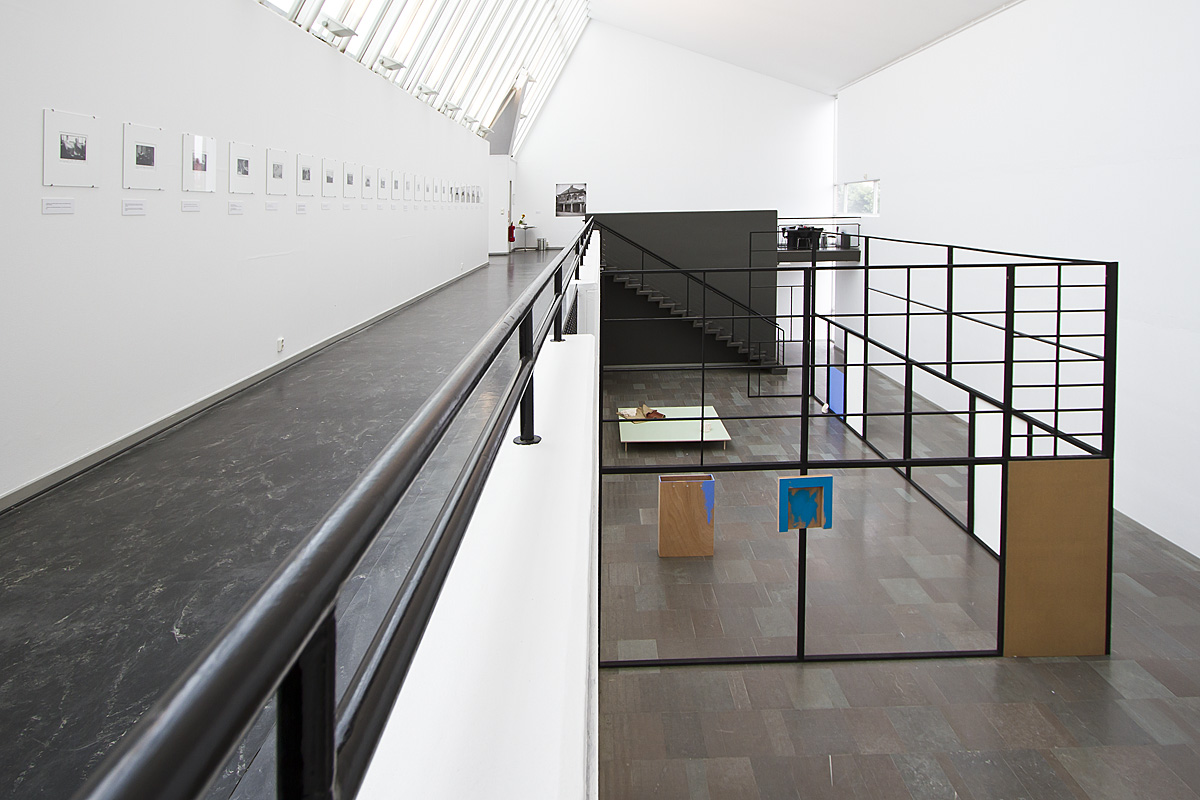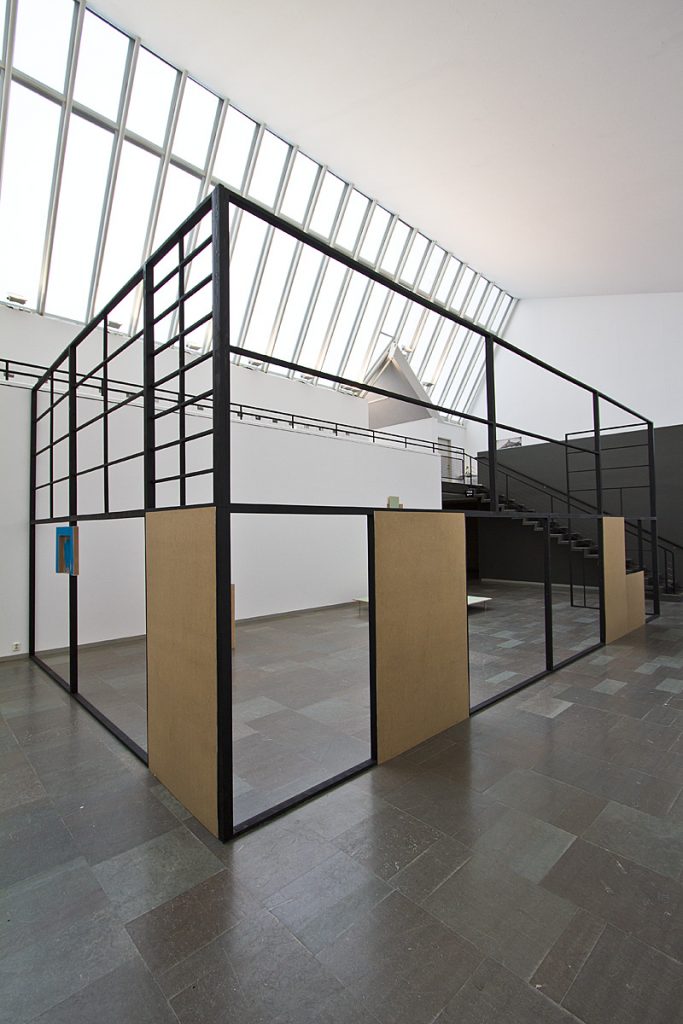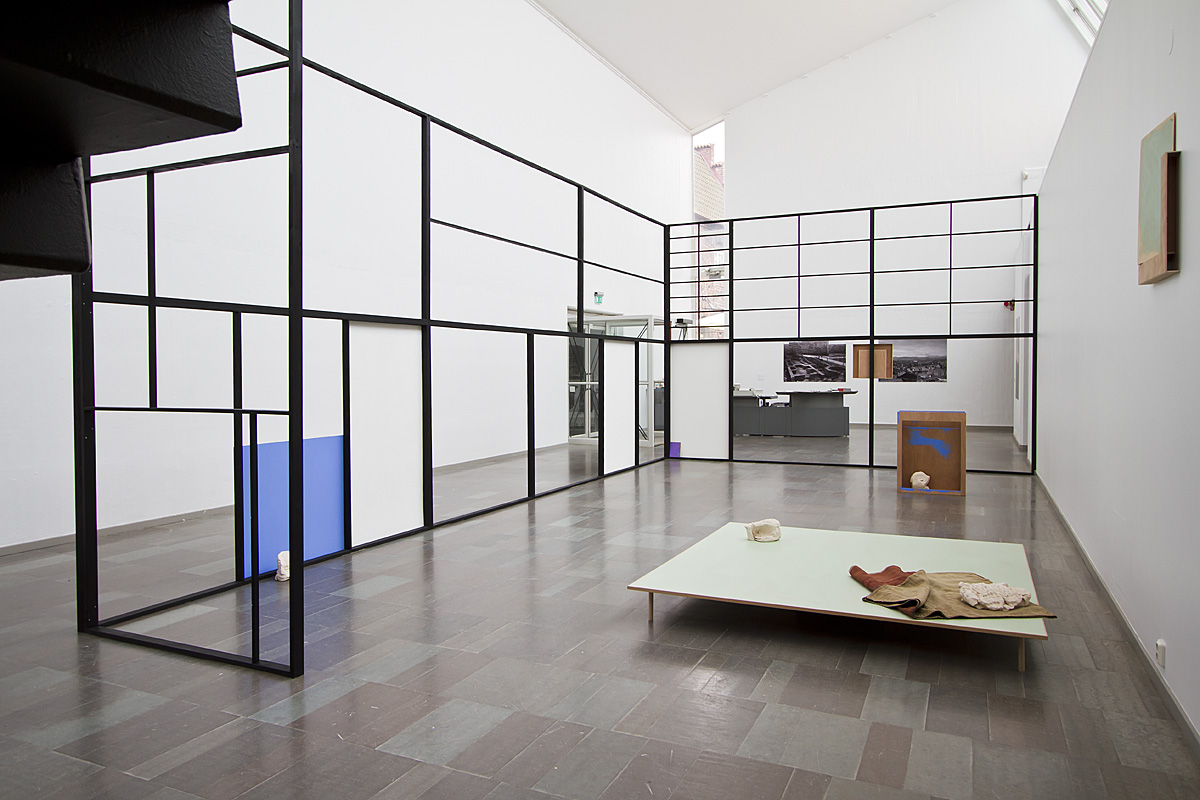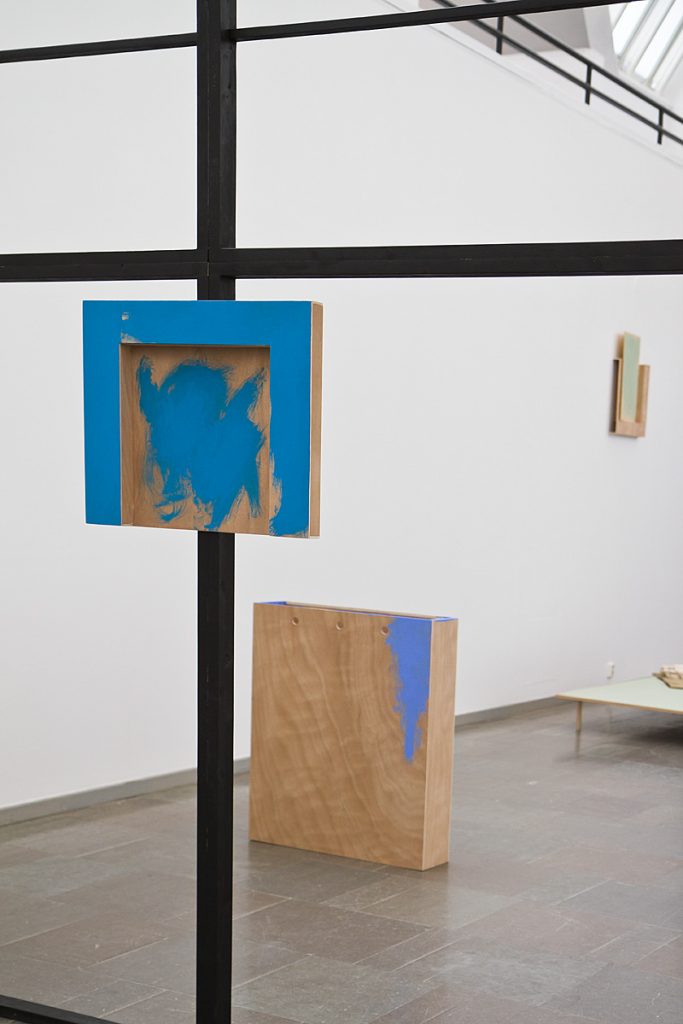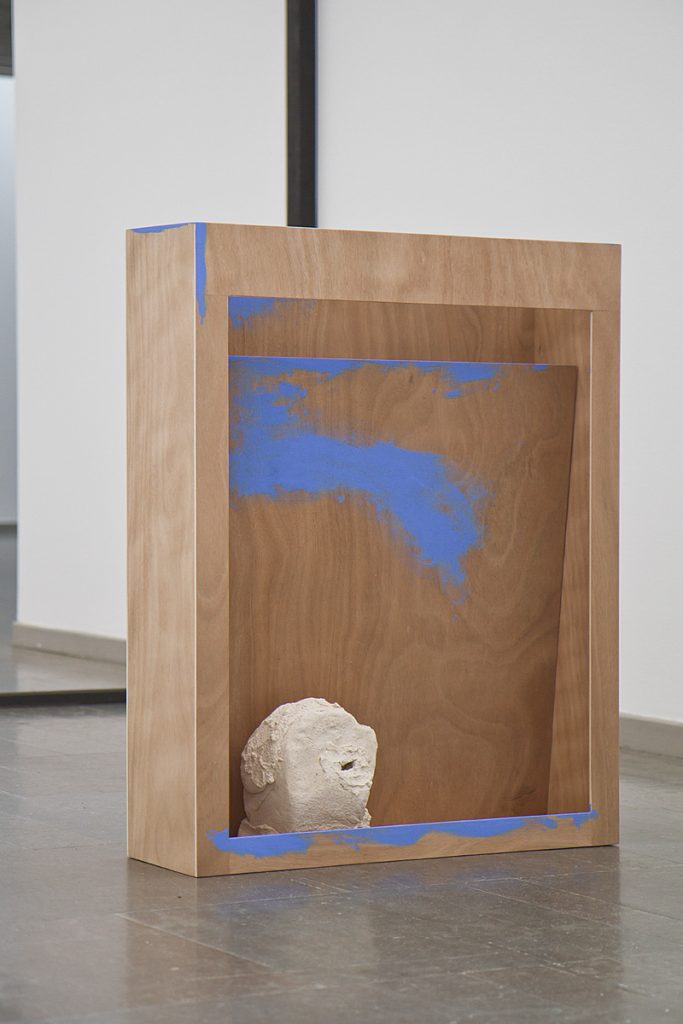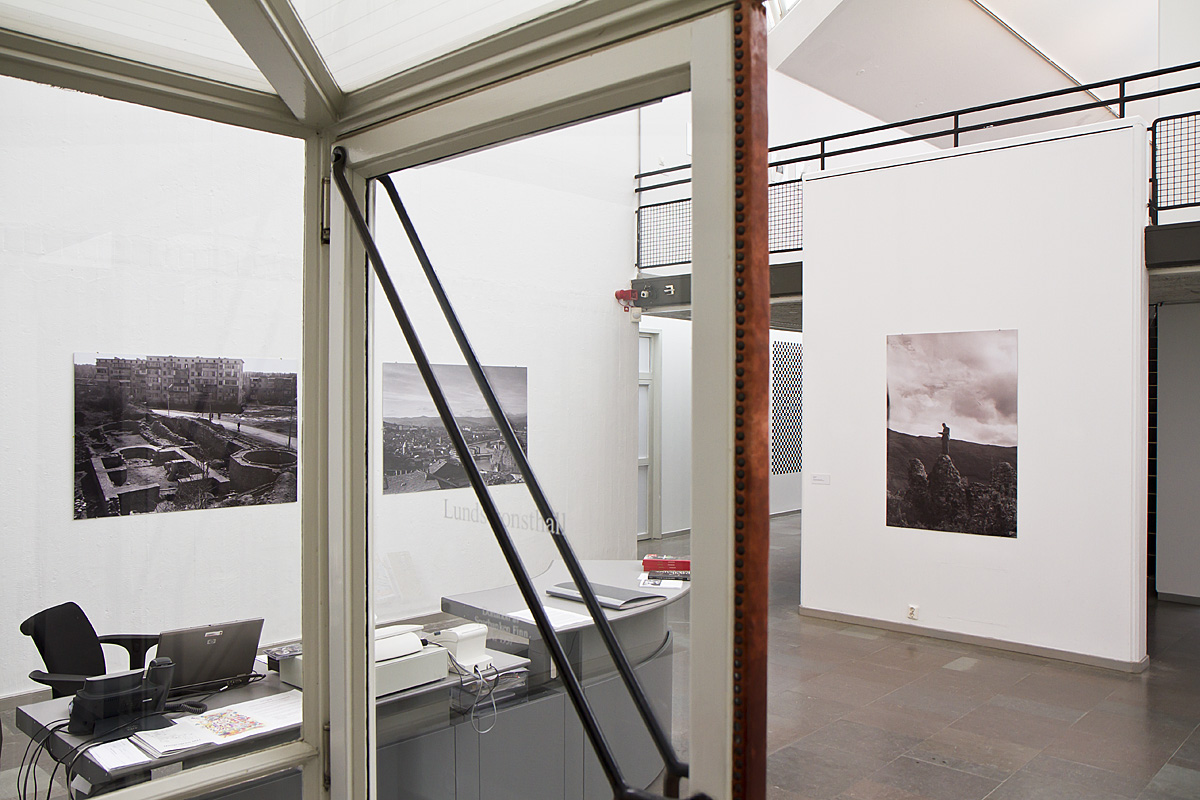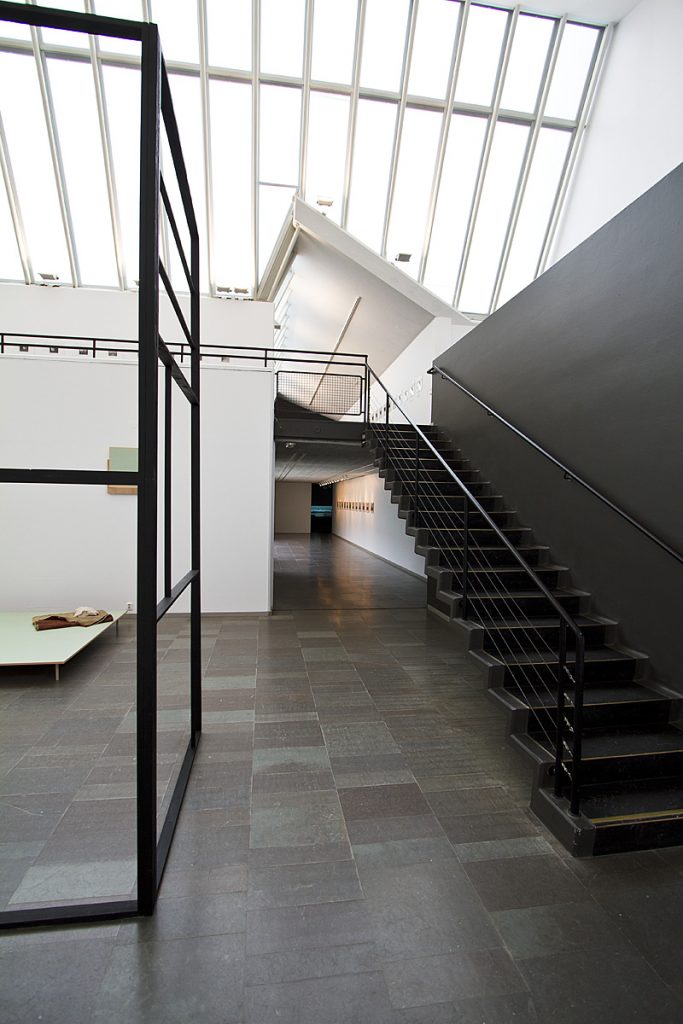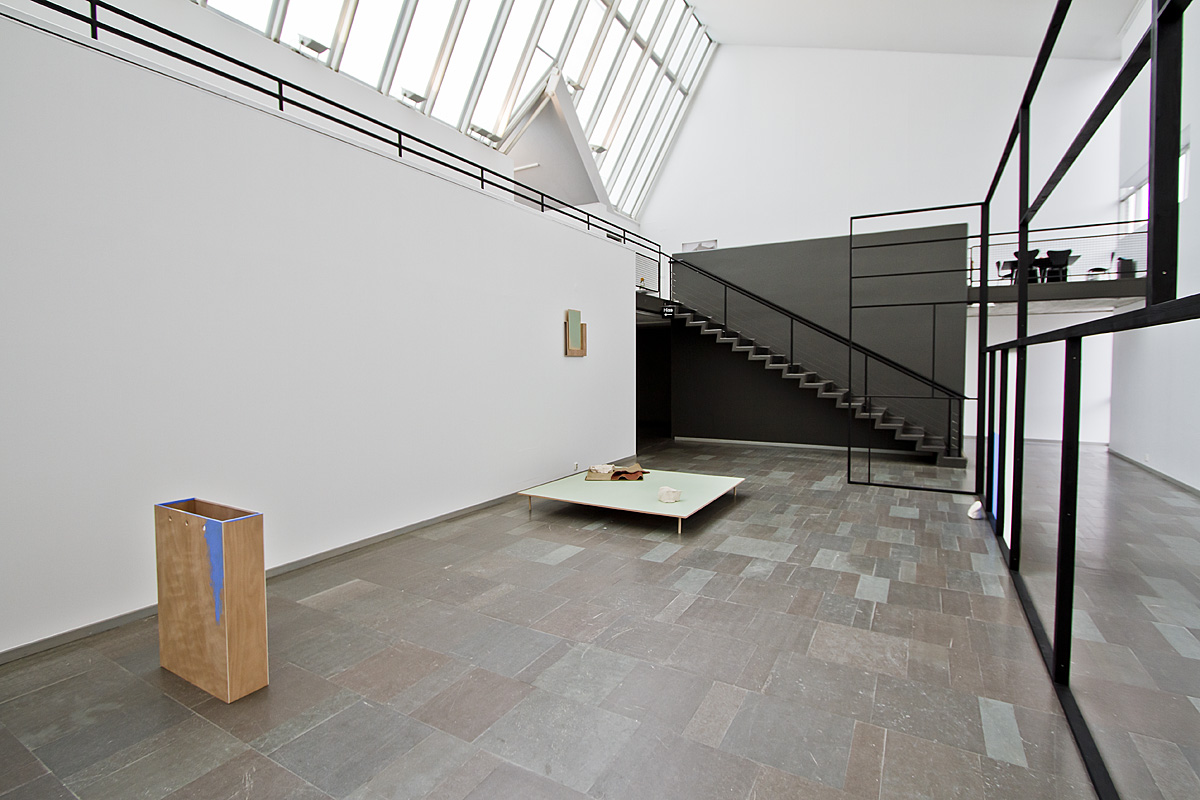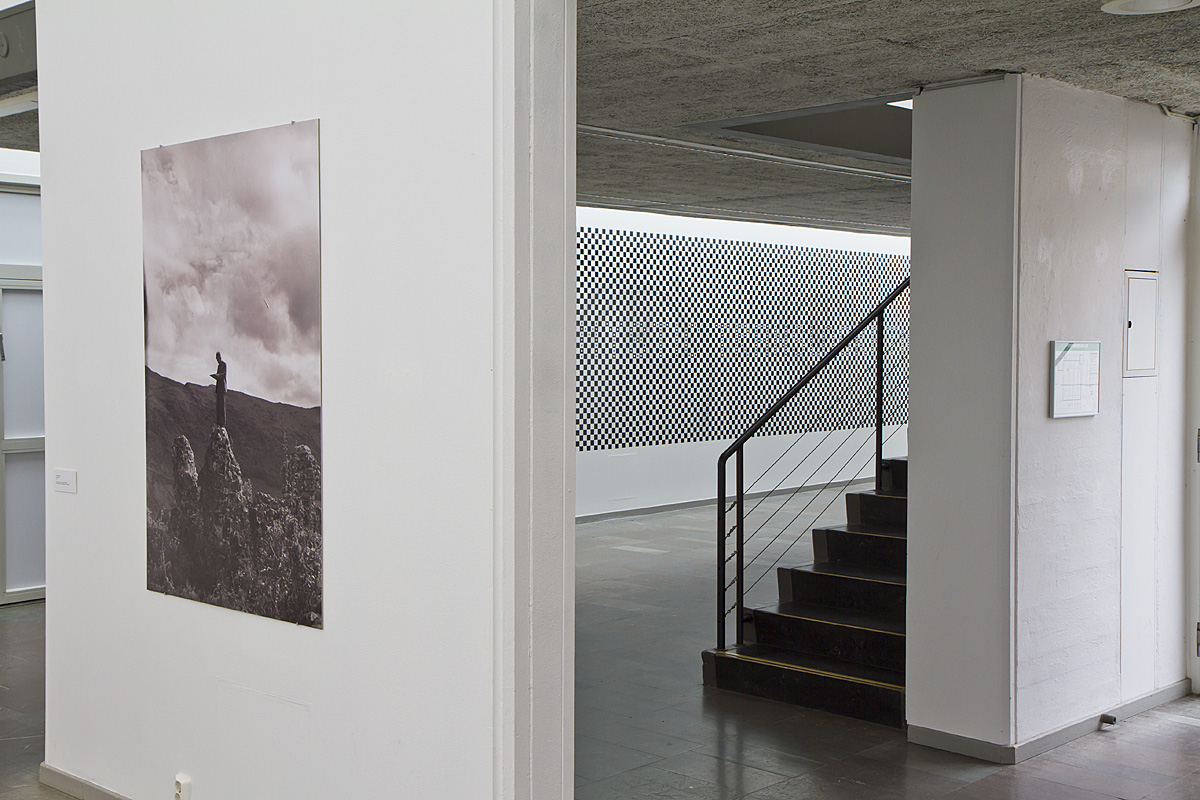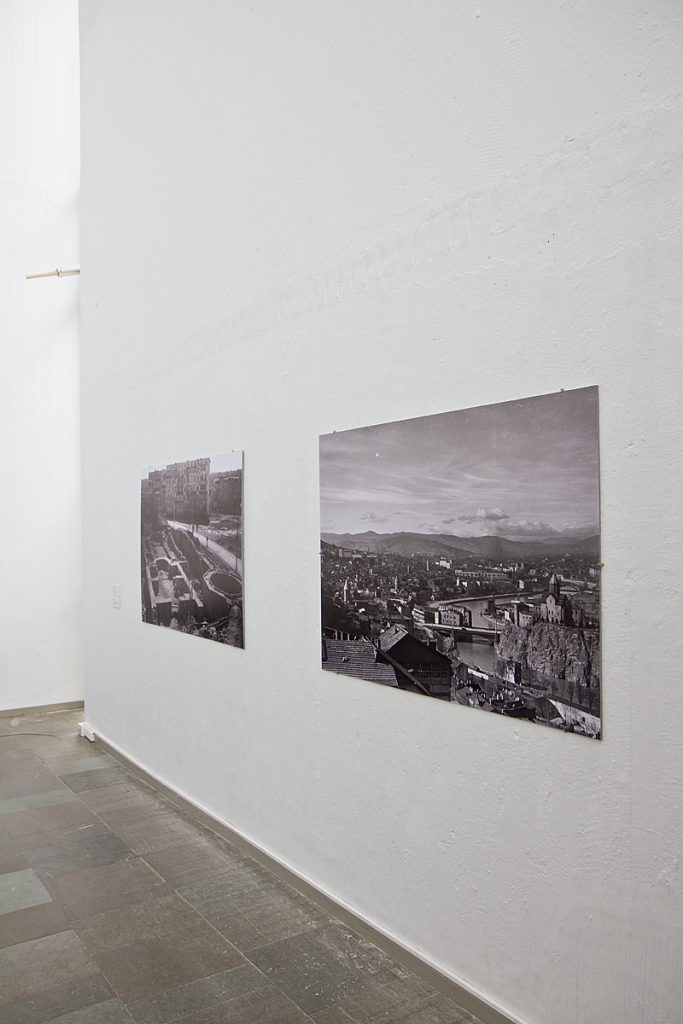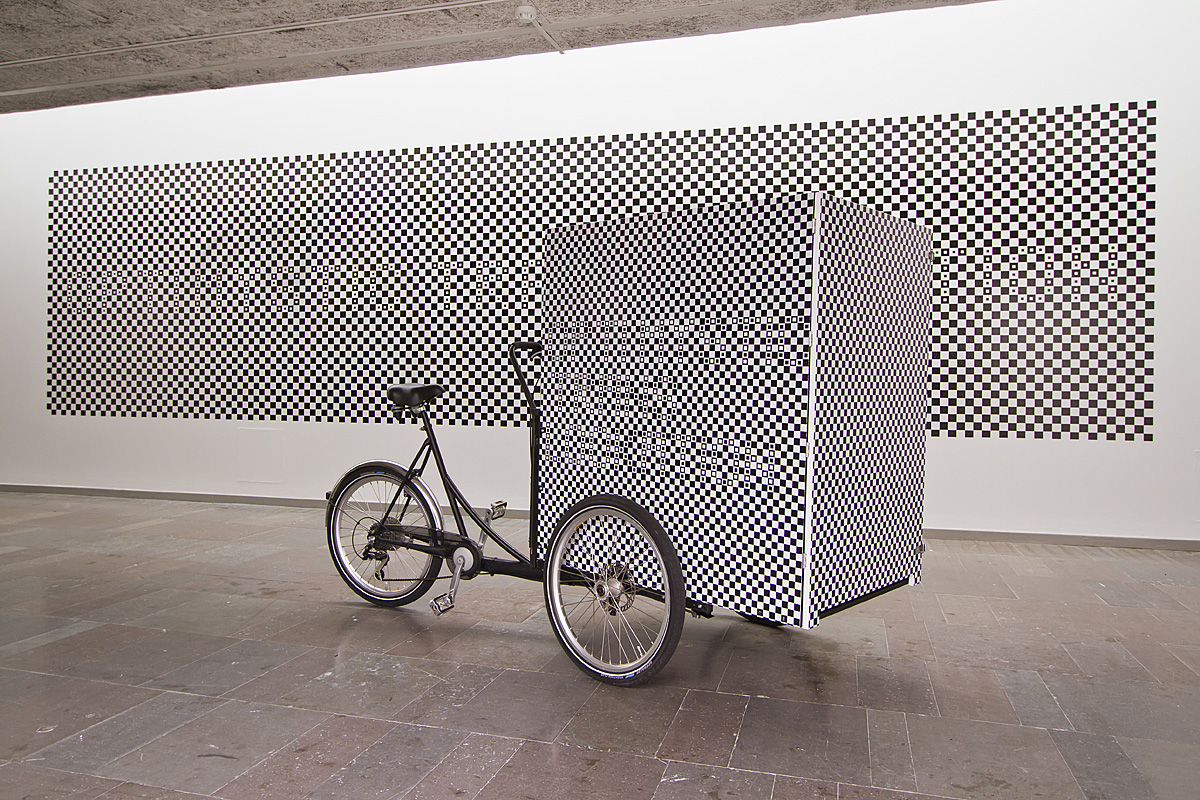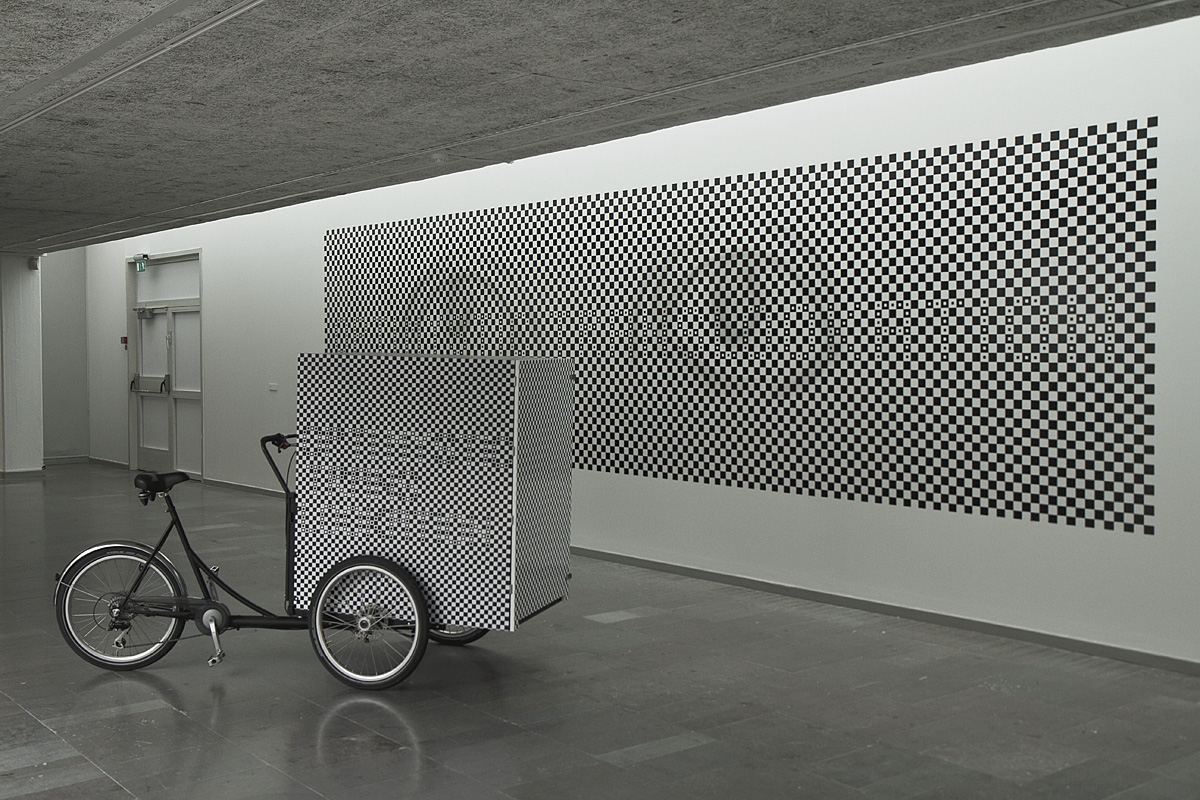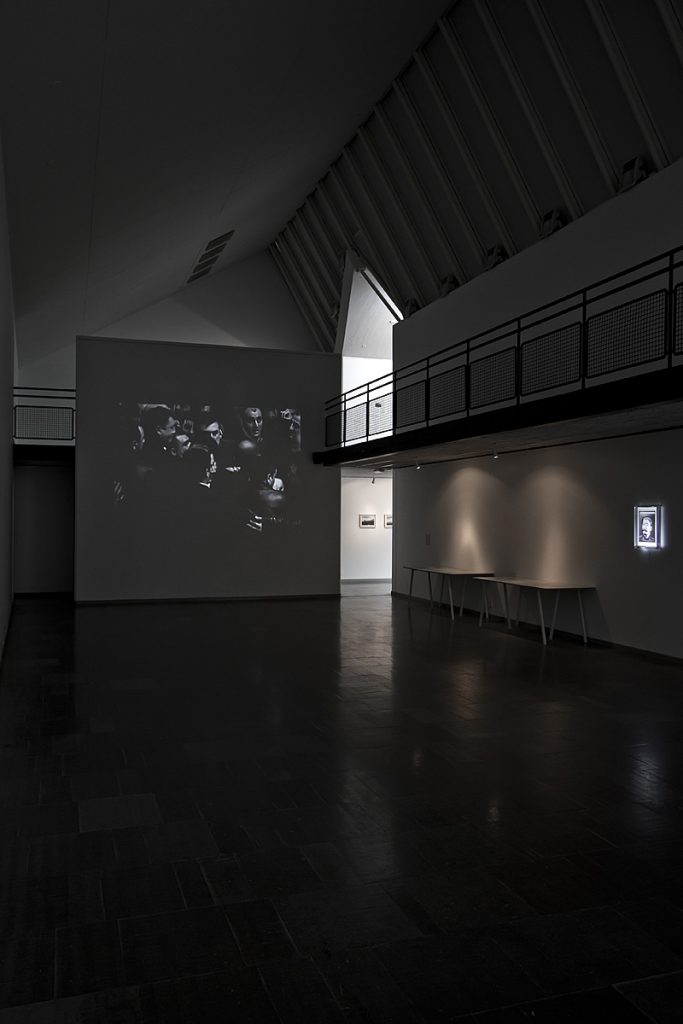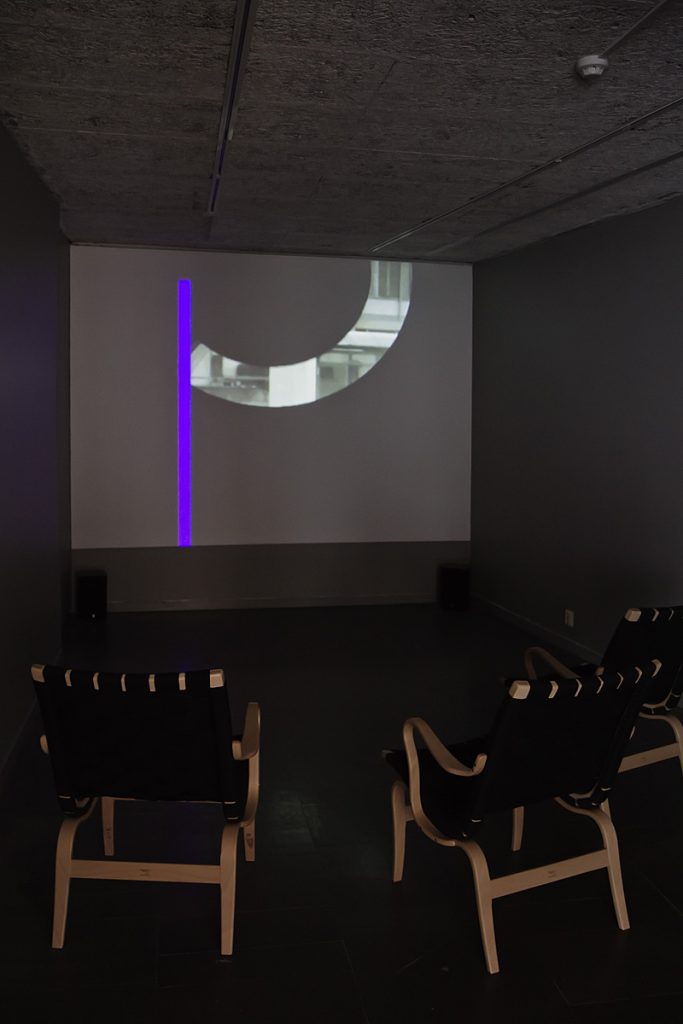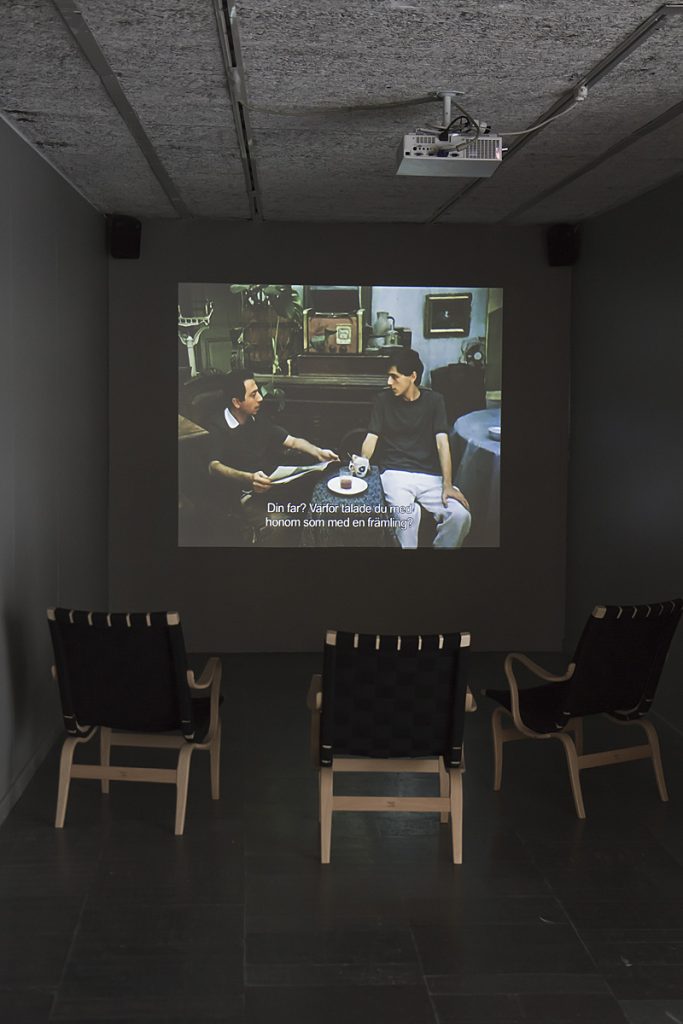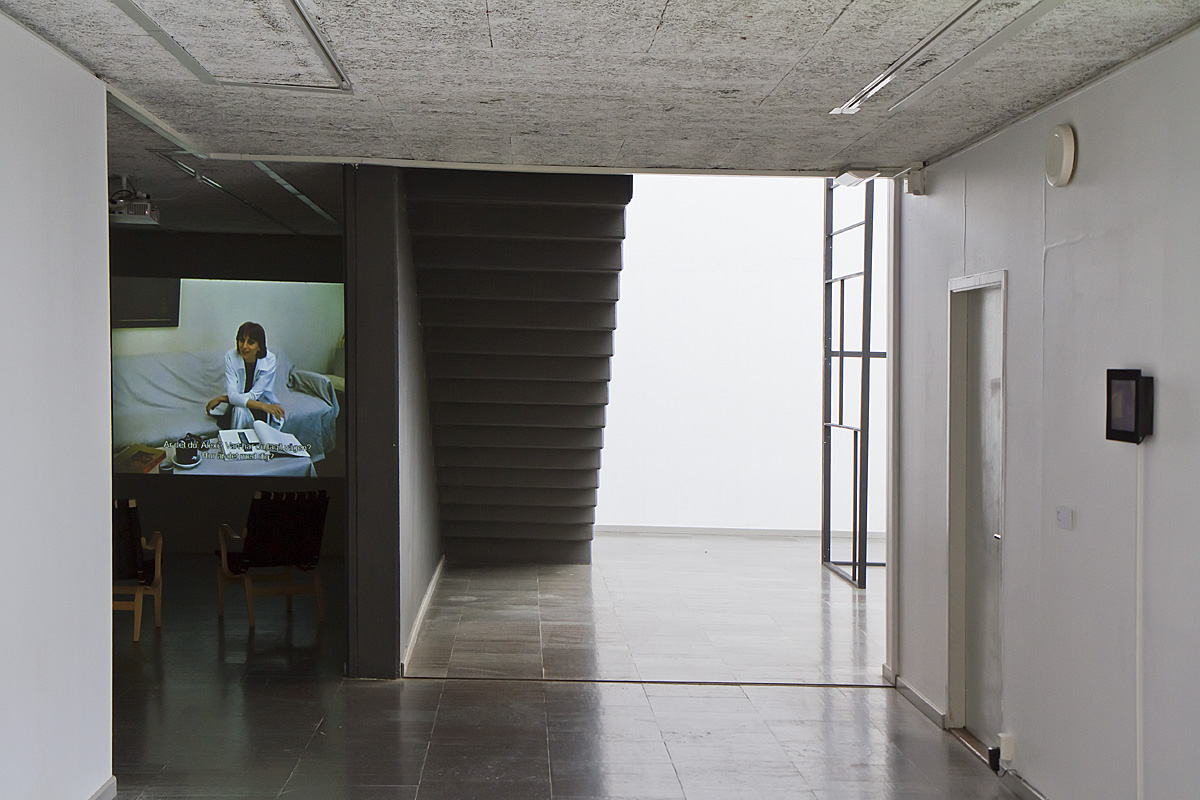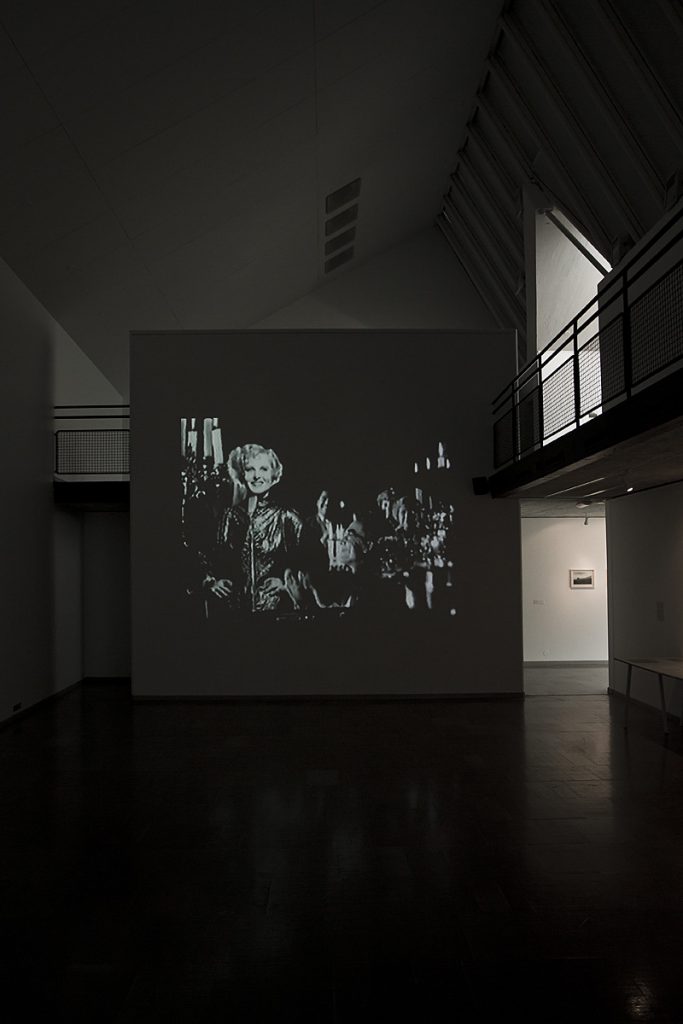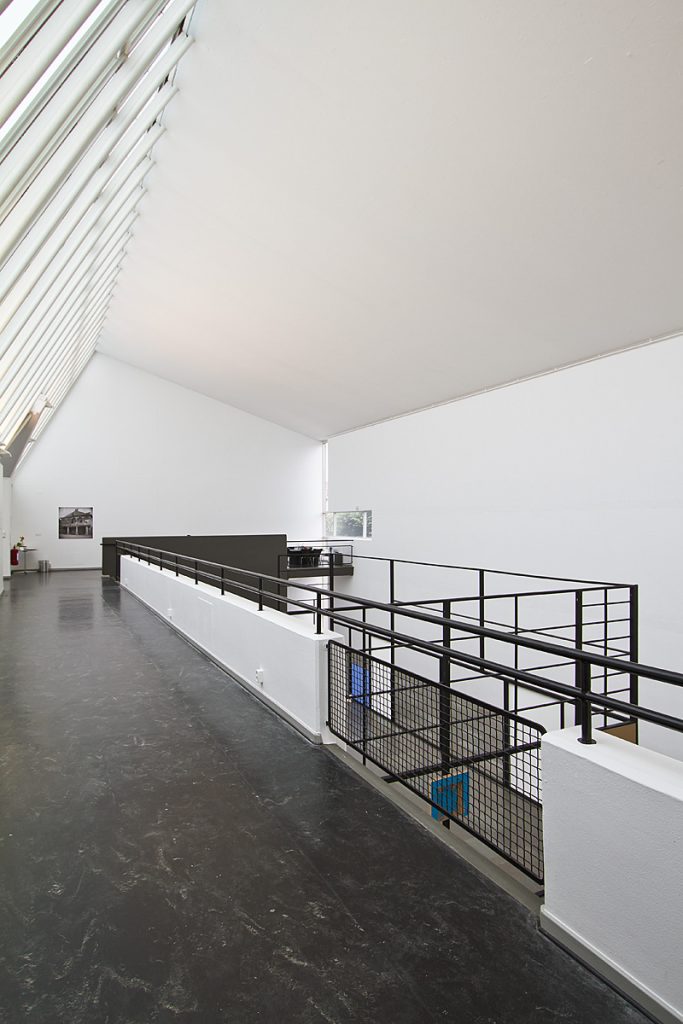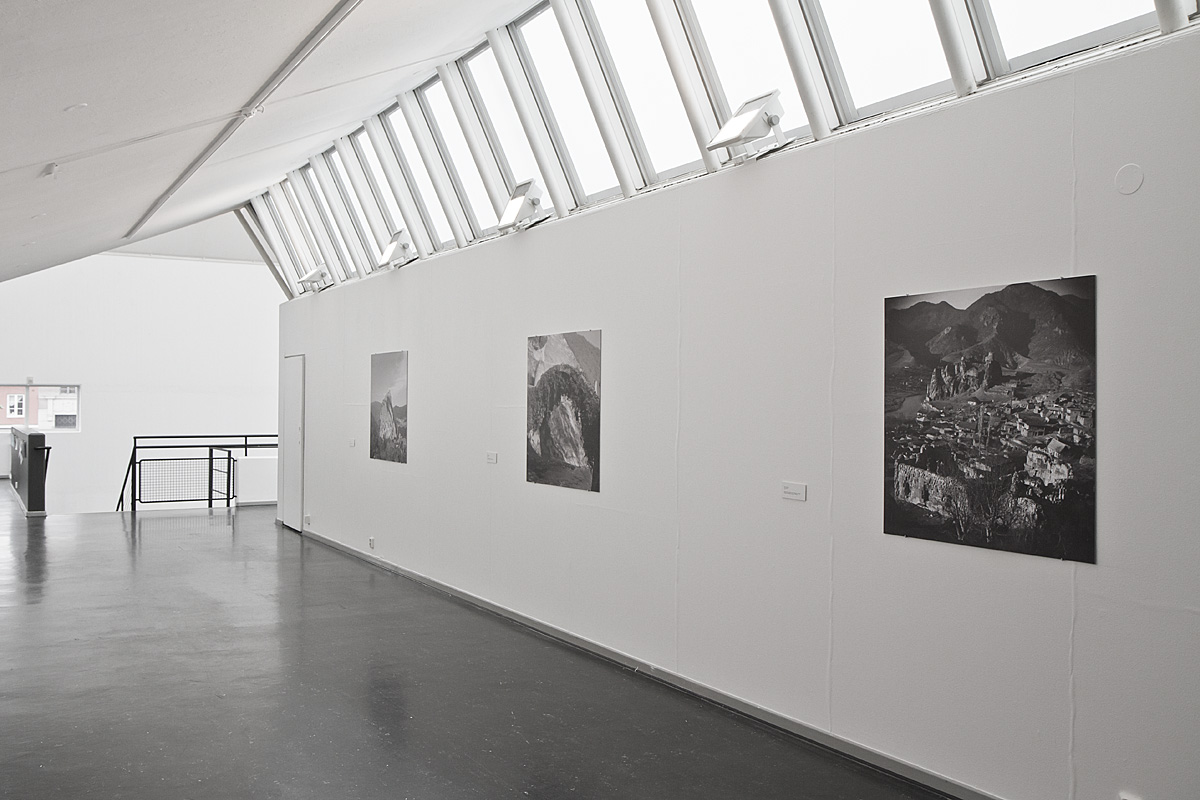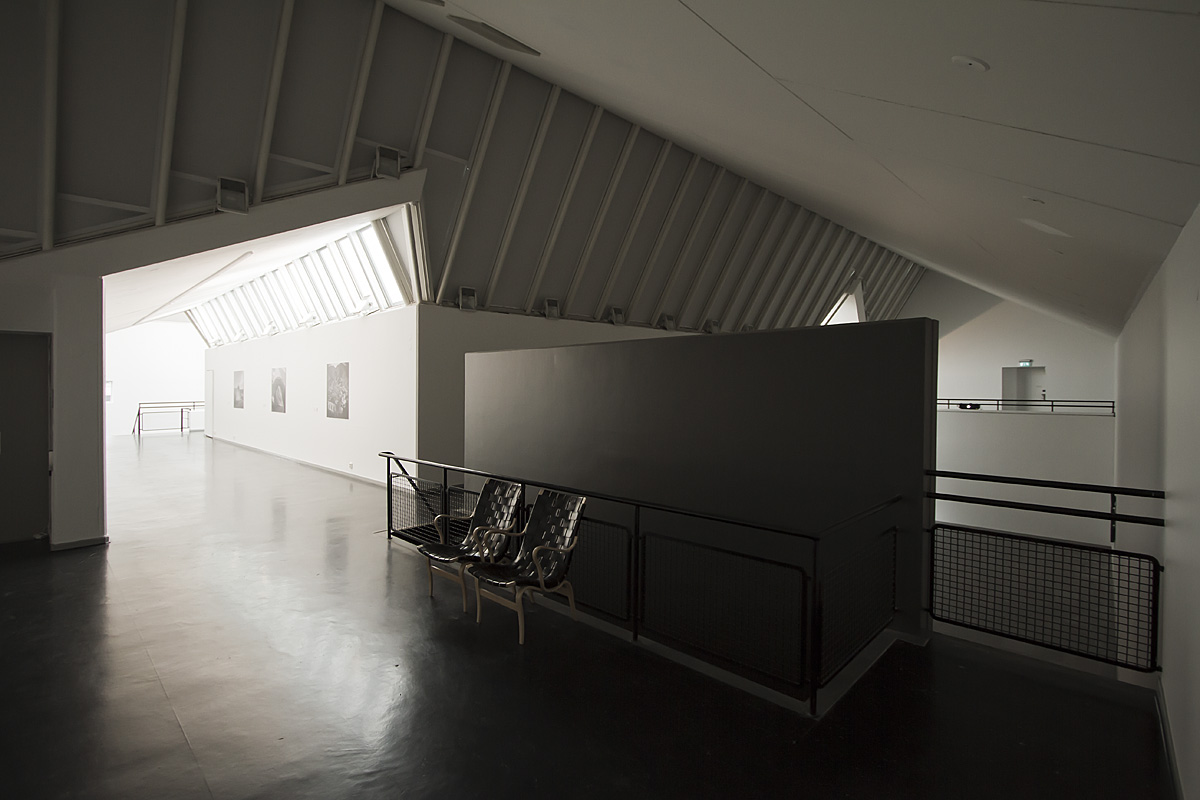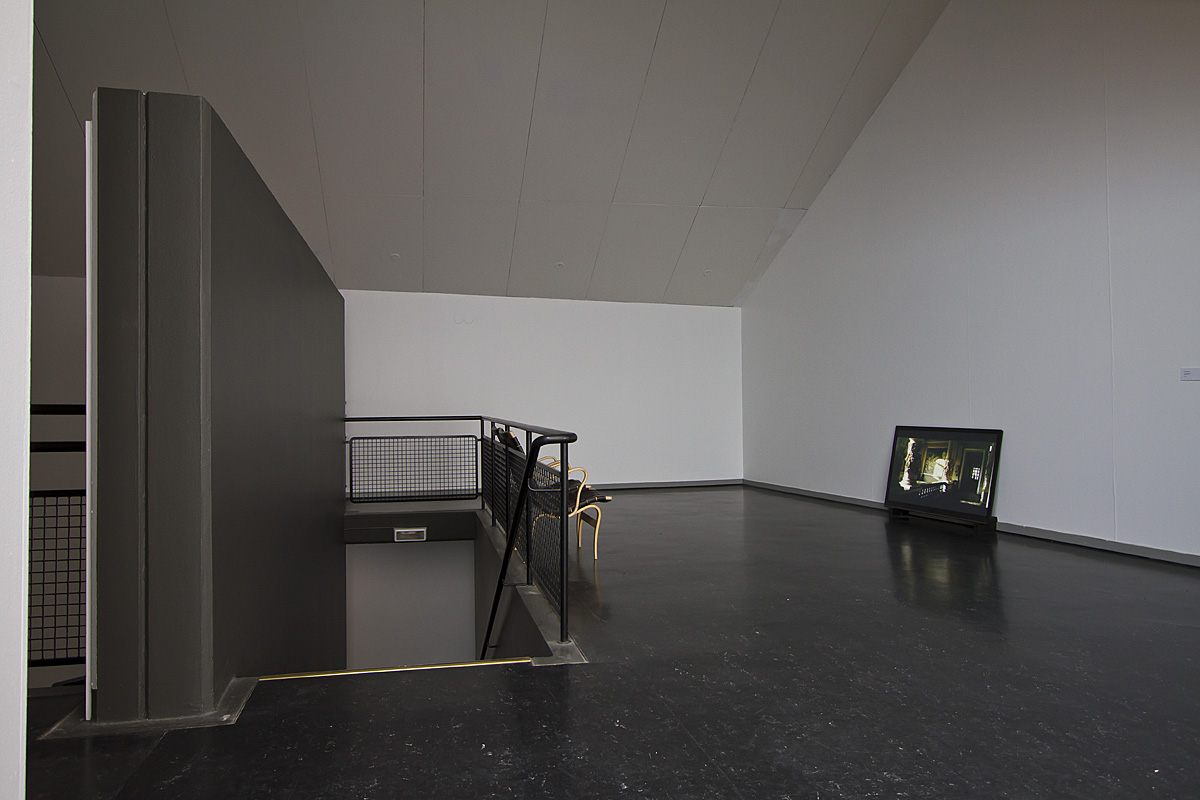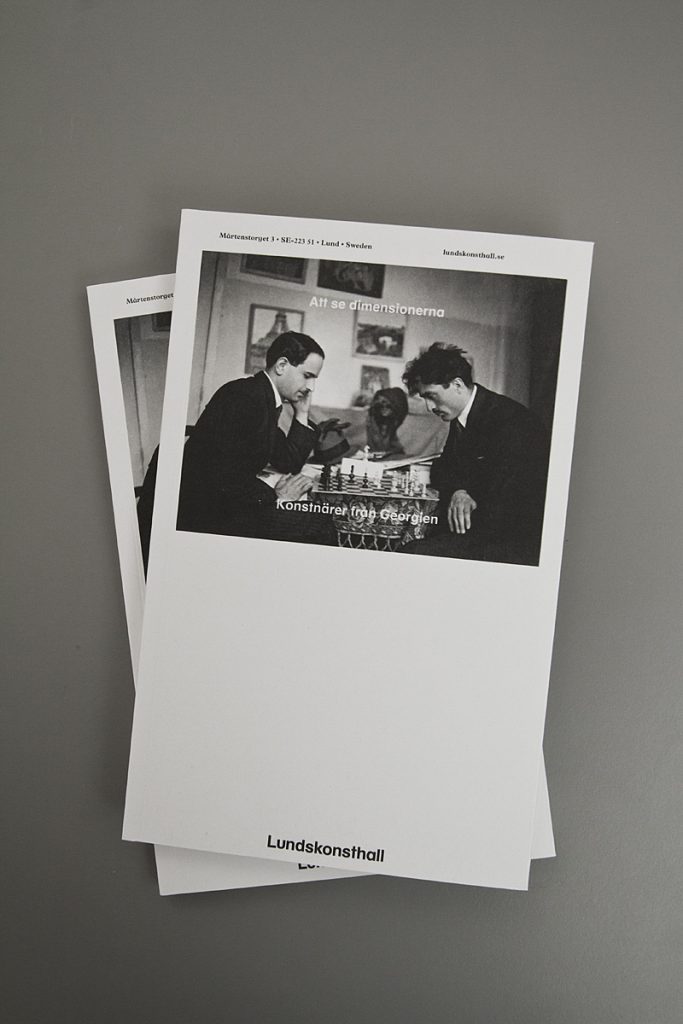
- This event has passed.
thea djordjadze: to see the dimensions. artists from georgia
|
Thea Djordjadze, Mamuka Japharidze, David Kakabadze, Koka Ramishvili, Alexander Rekhviashvili, Wato Tsereteli, Guram Tsibakhashvili An exhibition with artists from Georgia inevitably acquires a political dimension. To a Swedish audience, Georgia is unknown enough to arouse curiosity but at the same time known enough to be able to imagine what it is. Georgia is associated with geopolitics on a large scale: the power struggle that erupted after the collapse of the Soviet Union twenty years ago. The short-lived war between Georgia and Russia in August 2008 was just the most described incident in an ongoing development involving oil and hegemony, values and ambitions, Eurasia, the Middle East, the United States and the European Union. But an exhibition should not be a story that sticks to a single subject, even if it is something as complex as Georgia’s contemporary history. An exhibition should always be multidimensional. The word “dimension” has to do with measurement. It is related to “meter”, “moon” (the celestial body that helps us measure time) and “month” (the period of time measured by the moon). Still, it is not an exact technical term, but is mostly used metaphorically and becomes an image that creates new images. A dimension (for example, the three dimensions of school geometry or the fourth that creates space- time) is perhaps best described as a dynamic model of thought of different ways of approaching the general idea of measuring, which is closely connected with sight. The artists chosen for the exhibition Seeing the Dimensions all come from Georgia – that is the outer frame – but they have been chosen because their work seems to converge in an interest in the “dimensional” of art. It is the inner frame. |
Thea Djordjadze (born 1971, lives in Berlin) participates with the installation Explain Away ე.ი. (2009; the two letters from the Georgian alphabet can be translated as “ie”, “that is”). In her carefully thought-out four-dimensionality, a spatial construction coincides with tangible objects and their resolution in dreamlike time. Mamuka Japharidze (born 1962, lives in Tbilisi and England) urges us to experience “additional dimensions” by using visual tricks that can be easily revealed: the bicycle taxi converted into a rolling peephole camera in Opti-Mystic Translookation (2003–) or the black and white the checkerboard pattern that both hides and highlights the fine print of a pair of eyes in Invisible (2006–). Koka Ramishvili (born 1956, living in Geneva) transforms a difficult contemporary story into images with a built-in political dimension (where the documentary is only an input value). He has shown several audiovisual works, including War from My Window (1991–1992), Change (2005) and Tender Transitory Transport (2008). Film director Alexander Rekhviashvili (born 1938, lives in Tbilisi) is represented by Steget (1986, 84 min.), A portrait of the claustrophobic everyday life towards the end of the Soviet era, where all dimensions seem to have shrunk into a single messy apartment. Wato Tsereteli (born 1975, lives in Tbilisi) explores and revives his grandparents’ documentation of Georgian monuments. The images he selected for The Archive (2011) emphasize the photographers’ subjectivity as a visible dimension of romantic modernism. Guram Tsibakhashvili (born 1960, living in Tbilisi) links snapshots of city life twenty years ago to quotes from James Joyce. Ulysses (1989–1994) densifies and shifts the dimensions of the past to images of a common unconscious.
These contemporary artists move within established visual systems (sculpture, photography, moving image, performance) but at the same time they question them and move around their boundaries. This was also the case with David Kakabadze (1889–1952), a key figure in Georgian art history: painter, sculptor, set designer, photographer, filmmaker, educator, art historian, inventor. He traveled to Paris in 1919 on a scholarship from the then independent government of Georgia. After returning to Tbilisi in 1927, he held almost all important positions in Georgian art life, but he fell into disfavor during World War II and his life ended in exclusion. We concentrate on Kakabadze’s experiments with three-dimensionality. He invented a stereoscopic film system in 1923 and proposed a method for producing “analog holograms” in 1950. To demonstrate his idea, he cut up a photograph of Stalin’s head into 19 “slices”. In collaboration with art historian and Kakabadze expert Ketevan Kintsurashvili, Lund Art Gallery has for the first time built a prototype of this invention.
To see the dimensions. Artists from Georgia are performed with generous support from the Swedish Institute. Many thanks also to the Center of Contemporary Art – Tbilisi for organizational help, to Thea Djordjadze’s gallery, Sprüth Magers Berlin London, for the loan of Explain Away ე.ი. and to M HKA in Antwerp for the loan of Koka Ramishvili’s works.
Curator: Anders Kreuger, with assistance from Wato Tsereteli and Ketevan Kintsurashvili

